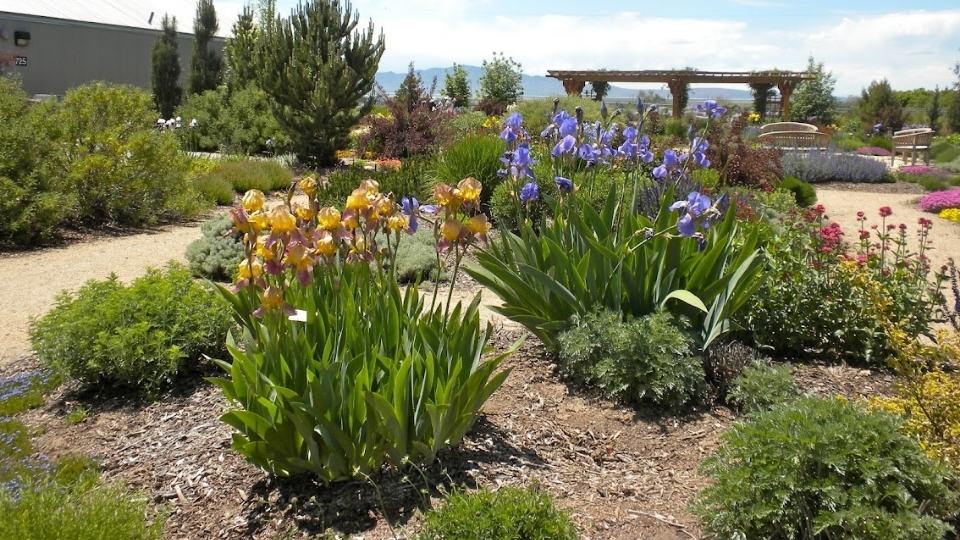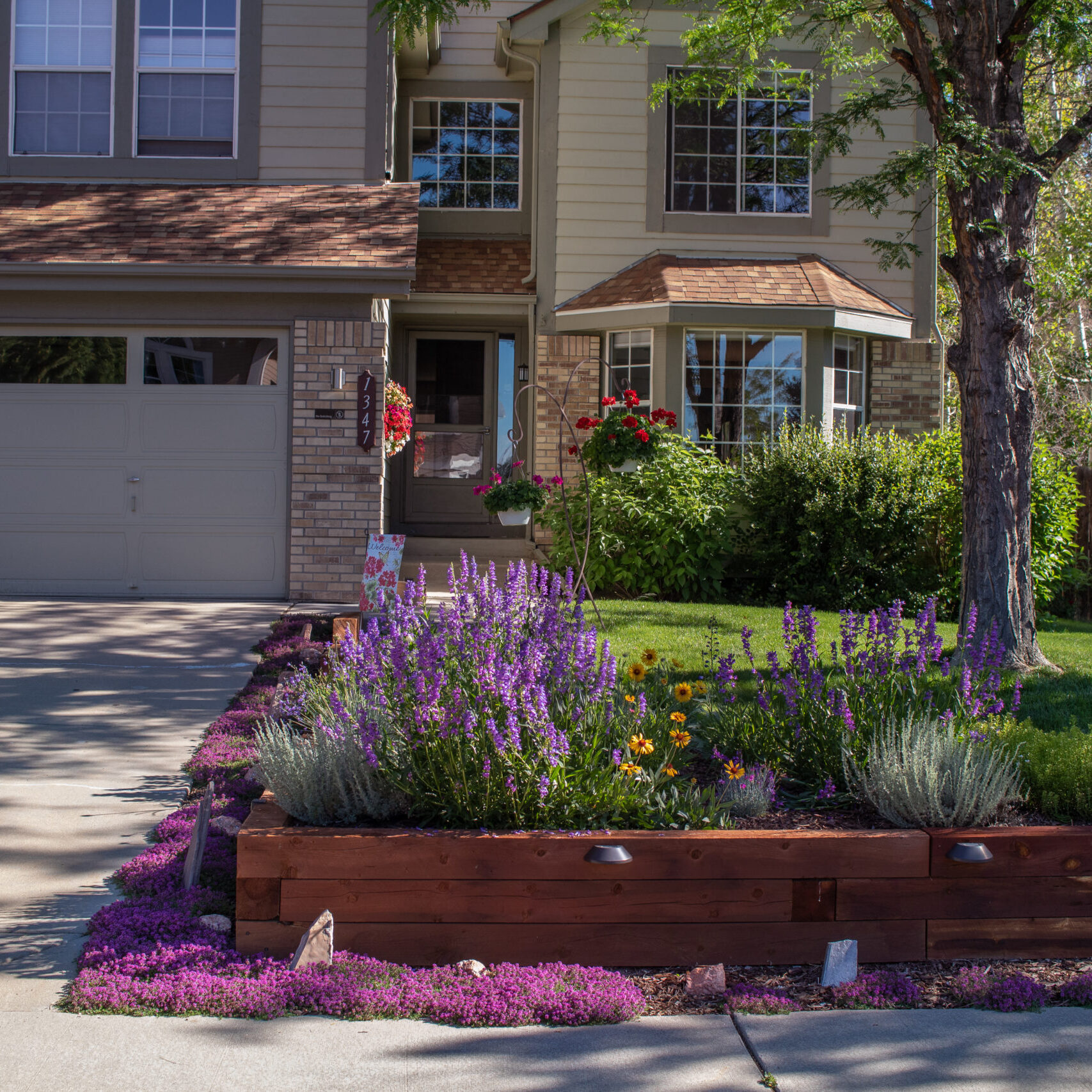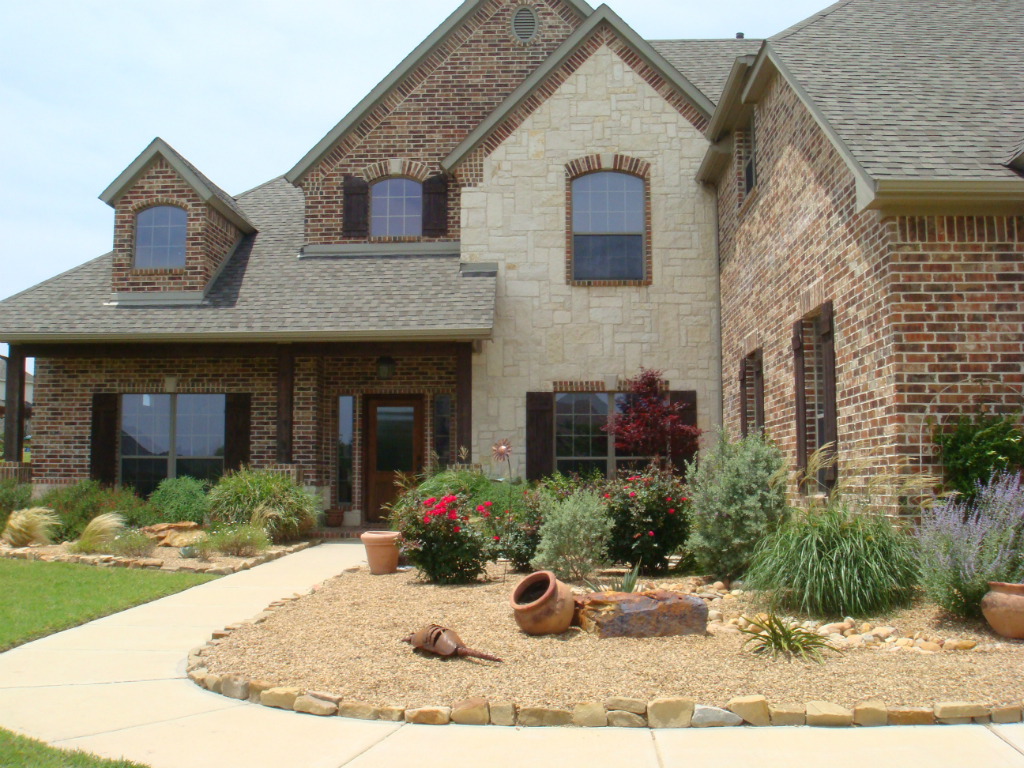All Categories
Featured
Table of Contents
- – Front House Landscaping Alhambra, CA
- – Pacific Green Landscape Maintenance
- – Construction Landscaping Alhambra, CA
- – Landscape Companies In California Alhambra, CA
- – Design And Build Landscape Alhambra, CA
- – Construction Landscaping Alhambra, CA
- – Landscape Design Company Alhambra, CA
- – Drought Tolerant Landscape Design Alhambra, CA
- – Construction Landscaping Alhambra, CA
- – Design Landscaping Alhambra, CA
- – Design Landscape Alhambra, CA
- – Landscaping Designers Alhambra, CA
- – Landscape Designers Alhambra, CA
- – Landscape Consulting Alhambra, CA
- – Pacific Green Landscape Maintenance
Front House Landscaping Alhambra, CA
Pacific Green Landscape Maintenance
6530 Whittier Ave Whittier, CA 90601-3919(562) 203-3567
Pacific Green Landscape Maintenance
Mulch covers the dirt and stops crusting, compaction, and water dissipation. Compost can provide several benefits in water-wise landscapes. Compost covers the soil and protects against crusting, compaction, and water dissipation. As a matter of fact, mulching around trees, shrubs, and in blossom beds can lead to a ten-fold reduction in evaporative water loss from dirt.
With fewer weeds, less cultivation is required, which can avoid damages to plant origins, soil framework, and soil microorganisms. In enhancement, mulch moderates dirt temperature level and safeguards plant roots.
Organic composts consist of materials such as wood or bark chips, shredded bark, nut coverings, want needles, or various other discarded plant components. These materials have the prospective to improve dirt framework, rise soil fertility, avoid compaction, and increase dirt raw material as they damage down and are incorporated into the dirt.
To ensure ample water seepage and aeration and to reduce decay, see to it mulch fragments are bigger than the underlying dirt particles (typically larger than a fifty percent inch in diameter). Recycled plant products have to be cost-free from weed seeds, disease-causing microorganisms, and chemical and herbicide deposits. You can either utilize healthsome plant components that have actually not been chemically treated, or you can compost your compost prior to use.
Construction Landscaping Alhambra, CA
Nitrogen loss can be prevented by utilizing composted mulch or by adding nitrogen at a rate of 1-2 lbs actual N per 1000 ft2. With time, natural composts damage down and will require to be renewed. Replenishment can be completed just by adding more mulch over the top of the decomposed mulch product.
The decision concerning which to use will certainly depend upon the type of landscape, the factor for its use, and its accessibility. Examples consist of gravel or smashed stone, lava rock, recycled toppled glass, and rocks of various dimensions, forms, and colors. The size of not natural mulch particles ought to enhance the range of the landscape.
Landscape Companies In California Alhambra, CA
A 2-inch thick layer of mulch needs regarding 6 cubic lawns of product per 1000 square feet of location. Leave a few inches of mulch-free area around the base of woody plants to avoid origin collar illness and rodent damage. The most effective time to apply mulch is quickly after planting in the autumn, or in the springtime after the dirt has actually warmed.
Along with conserving water, appropriate irrigation can encourage deeper root growth and healthier, much more dry spell forgiving landscapes. An essential element of water-efficient landscape design is creating hydrozones for your watering needs. To offer ample water to all plants without over or under-watering some, group plants with similar irrigation needs in one area.
Design And Build Landscape Alhambra, CA
Another vital facet of irrigation preparation consists of routine upkeep of the system. Month-to-month exam of the watering system, while in operation, will certainly aid you to discover and repair any damaged, misaligned, or stopped up sprinkler heads and keep your system running efficiently. Drip Irrigation systems contains plastic pipes with emitters that deliver water straight to plants.
Strategy and style watering systems to ensure that turfgrass areas are irrigated separately from various other landscape plants. There are numerous resources readily available to determine the ideal watering routine for grass areas in Utah. from the Utah Department of Water Resources from the Utah Department of Water Resources Trees and bushes have much deeper and much more extensive root systems than turfgrass so they should be watered less frequently but for longer periods of time.
The quantity of water to use in any kind of situation depends on the dirt type. Sandy soils absorb water the fastest (regarding 2" per hour), followed by loam dirts (3/4" per hour).
Construction Landscaping Alhambra, CA
By permitting water to permeate much deeper right into the soil account, you are encouraging deeper rooting and a more drought tolerant plant. Regular, light irrigation will certainly lead to plants that have a superficial origin system and that are much more susceptible to water stress. When using sprinkler systems about 1/2 -1 inch of water might be called for weekly for hedges and smaller sized trees (
For this factor, it is a great idea to have your soil evaluated prior to mounting landscape plants. Changing dirts with composted organic issue prior to planting will certainly boost the fertility of your soil.
Landscape Design Company Alhambra, CA
Plants in sandy soils might require more frequent fertilizing than plants in fertile or clay soils. An alternative to dirt change is to pick plants that are adapted to these conditions.
Withholding water or nutrients will keep development of this varieties in check. Artemisia cana (Silver Sage) Buddleia davidii (Butterfly Shrub) Ceratoides lanata (Winterfat) Chamaebatiaria millefolium (Fernbush) (occasionally to revitalize) Chrysothamnus nauseosus (Rubber Rabbitbrush) Cornus sericea (Red-trig Dogwood) Caryopteris x clandonensis (Blue Haze Spirea) Cercocarpus ledifolius (Curl-leaf Hill Mahogany) Fallugia paradoxa (Apache Plume) (sometimes to rejuvenate) Kolkwitzia amabilis (Charm Bush) (after bloom) Lavandula angustifolia (English Lavender) (as much as 2/3 of plant) Mahonia fremontii (Fremont Holly) (occasionally to rejuventate) Potentilla fruticosa (Shrubby Cinquefoil) (occasionally to renew) Prunus virginiana (Chokecherry) Symphoricarpos oreophilus (Hill Snowberry) is a means to manage development on trees and shrubs.
As an example, most deciduous shrubs (hedges that drop their leaves in fall) take advantage of thinning cuts that open up their cover and get rid of old or contending stems. Thinning cuts are made by reducing a branch back to its point of origin. The factor of origin can be one more branch or the major trunk, or it might be near the ground
Drought Tolerant Landscape Design Alhambra, CA
A heading cut is extra serious than a thinning cut, and removes component of a branch leaving a short stub over a bud. This sort of cut boosts an abundance of twiggy growth from a side bud simply below the cut. It is utilized to promote new development from a lateral bud to complete a gap in the cover, or to boost flower manufacturing in some hedges.
Overuse of heading cuts can ruin the all-natural shape of a tree or shrub. Shearing is one of the most extreme kind of heading cut and entails reducing a plant's external foliage to create an even surface area. Just certain trees and shrubs will certainly gain from this kind of cut. Shearing can be used to produce a hedge or screen with very closely spaced plants.
Therefore, it is a great idea to have your dirt tested before installing landscape plants. For information on soil testing and dirt examination results, see Frequently Asked Inquiries Regarding Soil Examining. Your area Extension office can supply info details to your area. Changing dirts with composted organic issue prior to planting will certainly improve the fertility of your dirt.
Plants in sandy soils might require extra constant fertilization than plants in fertile or clay dirts. An alternative to dirt change is to pick plants that are adapted to these problems.
Construction Landscaping Alhambra, CA

Withholding water or nutrients will maintain development of this species in check. Artemisia cana (Silver Sage) Buddleia davidii (Butterfly Shrub) Ceratoides lanata (Winterfat) Chamaebatiaria millefolium (Fernbush) (sometimes to revitalize) Chrysothamnus nauseosus (Rubber Rabbitbrush) Cornus sericea (Red-trig Dogwood) Caryopteris x clandonensis (Blue Mist Spirea) Cercocarpus ledifolius (Curl-leaf Hill Mahogany) Fallugia paradoxa (Apache Plume) (periodically to revitalize) Kolkwitzia amabilis (Charm Shrub) (after blossom) Lavandula angustifolia (English Lavender) (up to 2/3 of plant) Mahonia fremontii (Fremont Holly) (periodically to rejuventate) Potentilla fruticosa (Shrubby Cinquefoil) (periodically to renew) Prunus virginiana (Chokecherry) Symphoricarpos oreophilus (Mountain Snowberry) is a method to manage growth on trees and hedges.
The majority of deciduous bushes (shrubs that drop their fallen leaves in fall) advantage from thinning cuts that open up their cover and get rid of old or completing stems. Thinning cuts are made by reducing a branch back to its factor of origin. The factor of origin can be an additional branch or the main trunk, or maybe near the ground.
Design Landscaping Alhambra, CA
A heading cut is much more extreme than a thinning cut, and gets rid of component of a branch leaving a brief stub over a bud. This kind of cut boosts an abundance of twiggy growth from a side bud simply below the cut. It is made use of to stimulate brand-new development from a lateral bud to fill out a void in the cover, or to increase blossom production in some bushes.
Shearing is the most extreme kind of heading cut and entails reducing a plant's outer foliage to create an also surface. Shearing can be used to create a hedge or screen with closely spaced plants.
For this factor, it is a great idea to have your dirt examined before mounting landscape plants. For information on dirt screening and soil test results, see Regularly Asked Concerns About Soil Evaluating. Your area Extension workplace can provide details specific to your location. In a lot of situations, amending dirts with composted organic matter before planting will certainly improve the fertility of your soil.

Plants in sandy dirts may need more constant fertilizing than plants in loamy or clay soils. Dirts that are alkaline (high pH) might bind important nutrients and make them not available. A soil examination will give this info and make recommendations for amending the dirt. A choice to dirt modification is to choose plants that are adjusted to these problems.
Design Landscape Alhambra, CA
Withholding water or nutrients will keep development of this species in check. Artemisia cana (Silver Sage) Buddleia davidii (Butterfly Shrub) Ceratoides lanata (Winterfat) Chamaebatiaria millefolium (Fernbush) (periodically to rejuvenate) Chrysothamnus nauseosus (Rubber Rabbitbrush) Cornus sericea (Red-trig Dogwood) Caryopteris x clandonensis (Blue Mist Spirea) Cercocarpus ledifolius (Curl-leaf Mountain Mahogany) Fallugia paradoxa (Apache Plume) (occasionally to rejuvenate) Kolkwitzia amabilis (Beauty Shrub) (after bloom) Lavandula angustifolia (English Lavender) (approximately 2/3 of plant) Mahonia fremontii (Fremont Holly) (periodically to rejuventate) Potentilla fruticosa (Shrubby Cinquefoil) (occasionally to invigorate) Prunus virginiana (Chokecherry) Symphoricarpos oreophilus (Hill Snowberry) is a way to regulate development on trees and hedges.

For instance, most deciduous shrubs (hedges that drop their fallen leaves in loss) benefit from thinning cuts that open up their canopy and remove old or completing stems. Thinning cuts are made by reducing a branch back to its factor of beginning. The point of beginning might be an additional branch or the main trunk, or maybe near the ground.
A heading cut is much more serious than a thinning cut, and gets rid of part of a branch leaving a brief stub over a bud. This type of cut promotes a wealth of twiggy development from a side bud just listed below the cut. It is used to stimulate new development from a side bud to fill out a space in the canopy, or to boost flower manufacturing in some hedges.
Shearing is the most extreme type of heading cut and includes cutting a plant's outer foliage to create an even surface area. Shearing can be utilized to produce a hedge or screen with very closely spaced plants.
Landscaping Designers Alhambra, CA
For this reason, it is a great idea to have your dirt checked prior to mounting landscape plants. Changing dirts with composted organic matter prior to planting will certainly improve the fertility of your dirt.
Plants in sandy dirts might need more regular fertilization than plants in loamy or clay dirts. An alternative to soil amendment is to pick plants that are adjusted to these conditions.
Landscape Designers Alhambra, CA
Withholding water or nutrients will certainly maintain growth of this types in check. Artemisia cana (Silver Sage) Buddleia davidii (Butterfly Bush) Ceratoides lanata (Winterfat) Chamaebatiaria millefolium (Fernbush) (sometimes to rejuvenate) Chrysothamnus nauseosus (Rubber Rabbitbrush) Cornus sericea (Red-trig Dogwood) Caryopteris x clandonensis (Blue Haze Spirea) Cercocarpus ledifolius (Curl-leaf Mountain Mahogany) Fallugia paradoxa (Apache Plume) (occasionally to revitalize) Kolkwitzia amabilis (Appeal Bush) (after flower) Lavandula angustifolia (English Lavender) (approximately 2/3 of plant) Mahonia fremontii (Fremont Holly) (periodically to rejuventate) Potentilla fruticosa (Shrubby Cinquefoil) (sometimes to revitalize) Prunus virginiana (Chokecherry) Symphoricarpos oreophilus (Hill Snowberry) is a method to control development on trees and hedges.
Many deciduous hedges (hedges that drop their leaves in fall) benefit from thinning cuts that open up their canopy and remove old or completing stems. Thinning cuts are made by cutting a branch back to its factor of beginning. The factor of beginning could be one more branch or the major trunk, or it might be near the ground.
A heading cut is extra extreme than a thinning cut, and eliminates component of a branch leaving a short stub above a bud. This type of cut promotes a profusion of twiggy development from a lateral bud simply listed below the cut. It is made use of to boost new development from a side bud to fill out a space in the canopy, or to raise blossom production in some bushes.
Landscape Consulting Alhambra, CA
Pacific Green Landscape Maintenance
Address: 6530 Whittier Ave Whittier, CA 90601-3919Phone: (562) 203-3567
Email: pacificgreencompany@gmail.com
Pacific Green Landscape Maintenance
Overuse of heading cuts can wreck the all-natural shape of a tree or hedge. Shearing is the most serious kind of heading cut and involves cutting a plant's outer vegetation to create an even surface area. Only specific trees and hedges will take advantage of this sort of cut. Shearing can be used to produce a bush or screen with carefully spaced plants.
Landscape Companies In California Alhambra, CAGreen Landscaping Company Alhambra, CA
Green Landscaping Company Alhambra, CA
Landscape Designers In My Area Alhambra, CA
Yard Design Alhambra, CA
Landscape Consultants Near Me Alhambra, CA
Landscape Design Company Alhambra, CA
Landscape Designer Alhambra, CA
Drought Tolerant Landscape Design Alhambra, CA
Backyard Landscaping Company Alhambra, CA
Backyard Landscaping Company Alhambra, CA
Construction Landscaping Alhambra, CA
Landscape Consulting Alhambra, CA
Construction Landscaping Alhambra, CA
Yard Design Alhambra, CA
Landscaping Designers Alhambra, CA
Landscape Design And Installation Alhambra, CA
Landscaping Design Company Alhambra, CA
Landscape Design & Construction Alhambra, CA
Design Landscaping Alhambra, CA
Design And Build Landscape Alhambra, CA
Backyard Landscaping Company Alhambra, CA
Landscape Designer Alhambra, CA
Landscape Companies In California Alhambra, CA
Landscape Design Companies Alhambra, CA
Landscape Design Company Alhambra, CA
Landscape Companies In California Alhambra, CA
Local Landscape Designers Alhambra, CA
Landscape And Design Alhambra, CA
Yard Design Alhambra, CA
Landscape Designer Alhambra, CA
Landscape Design Companies Alhambra, CA
Landscape And Design Alhambra, CA
Drought Tolerant Landscape Design Alhambra, CA
Yard Design Alhambra, CA
Landscape Design Company Alhambra, CA
Landscape Design Services Alhambra, CA
Landscape Companies In California Alhambra, CA
Landscape Companys Alhambra, CA
Design Landscaping Alhambra, CA
Landscape Consulting Alhambra, CA
Water Wise Landscaping Alhambra, CA
Landscape Companys Alhambra, CA
Design And Build Landscape Alhambra, CA
Landscape And Design Alhambra, CA
Landscape Design Installation Alhambra, CA
Landscape Companys Alhambra, CA
Landscape Design And Installation Alhambra, CA
Drought Tolerant Landscape Design Alhambra, CA
Landscape Designers Alhambra, CA
Landscape Designers Alhambra, CA
Landscape Design Company Alhambra, CA
Yard Design Alhambra, CA
Water Wise Landscaping Alhambra, CA
Landscape Design Planner Alhambra, CA
Landscape Design And Installation Alhambra, CA
Landscape And Design Alhambra, CA
Landscape Consulting Alhambra, CA
Landscape Design Company Alhambra, CA
Landscape Design Company Alhambra, CA
Design Landscaping Alhambra, CA
Front House Landscaping Alhambra, CA
Design And Build Landscape Alhambra, CA
Companies Near Me Seo Plans Alhambra, CA
In My Area Seo Alhambra, CA
Pacific Green Landscape Maintenance
Table of Contents
- – Front House Landscaping Alhambra, CA
- – Pacific Green Landscape Maintenance
- – Construction Landscaping Alhambra, CA
- – Landscape Companies In California Alhambra, CA
- – Design And Build Landscape Alhambra, CA
- – Construction Landscaping Alhambra, CA
- – Landscape Design Company Alhambra, CA
- – Drought Tolerant Landscape Design Alhambra, CA
- – Construction Landscaping Alhambra, CA
- – Design Landscaping Alhambra, CA
- – Design Landscape Alhambra, CA
- – Landscaping Designers Alhambra, CA
- – Landscape Designers Alhambra, CA
- – Landscape Consulting Alhambra, CA
- – Pacific Green Landscape Maintenance
Latest Posts
Swamp Cooler Leak Repair West Hollywood
Commercial Kitchen Ventilation Services Toluca Lake
Kitchen Hood Repair Near Me Sun Valley
More
Latest Posts
Swamp Cooler Leak Repair West Hollywood
Commercial Kitchen Ventilation Services Toluca Lake
Kitchen Hood Repair Near Me Sun Valley